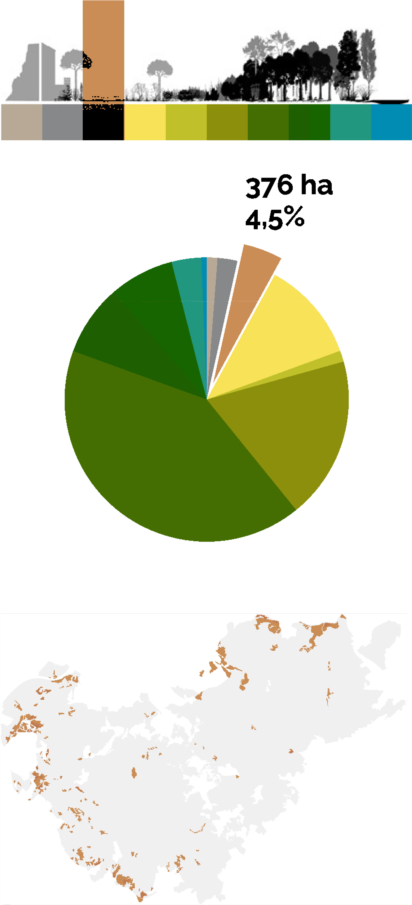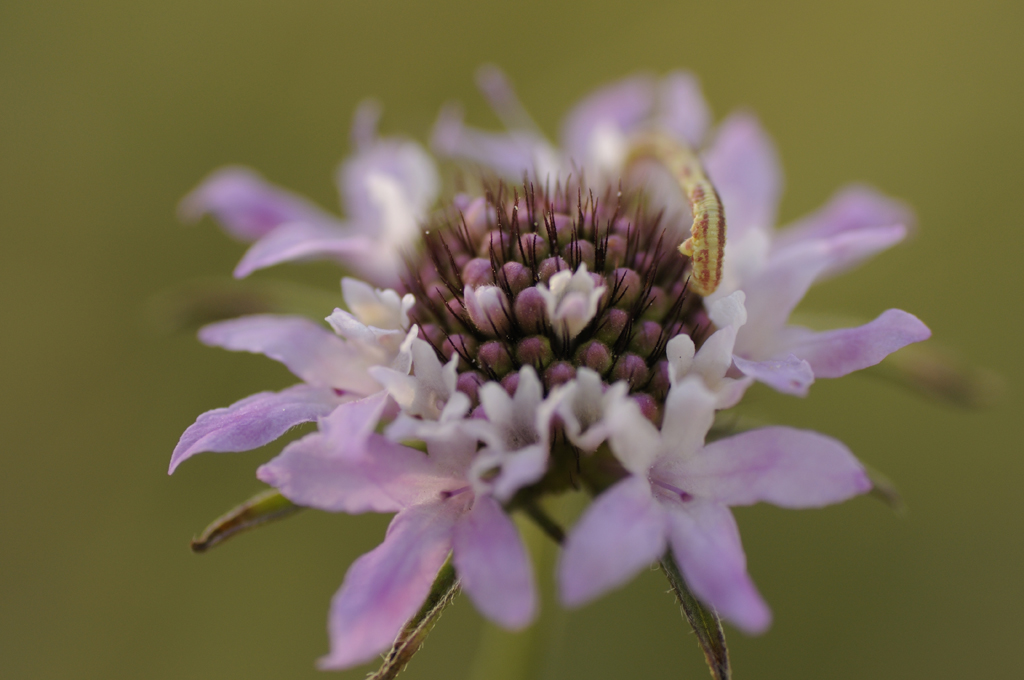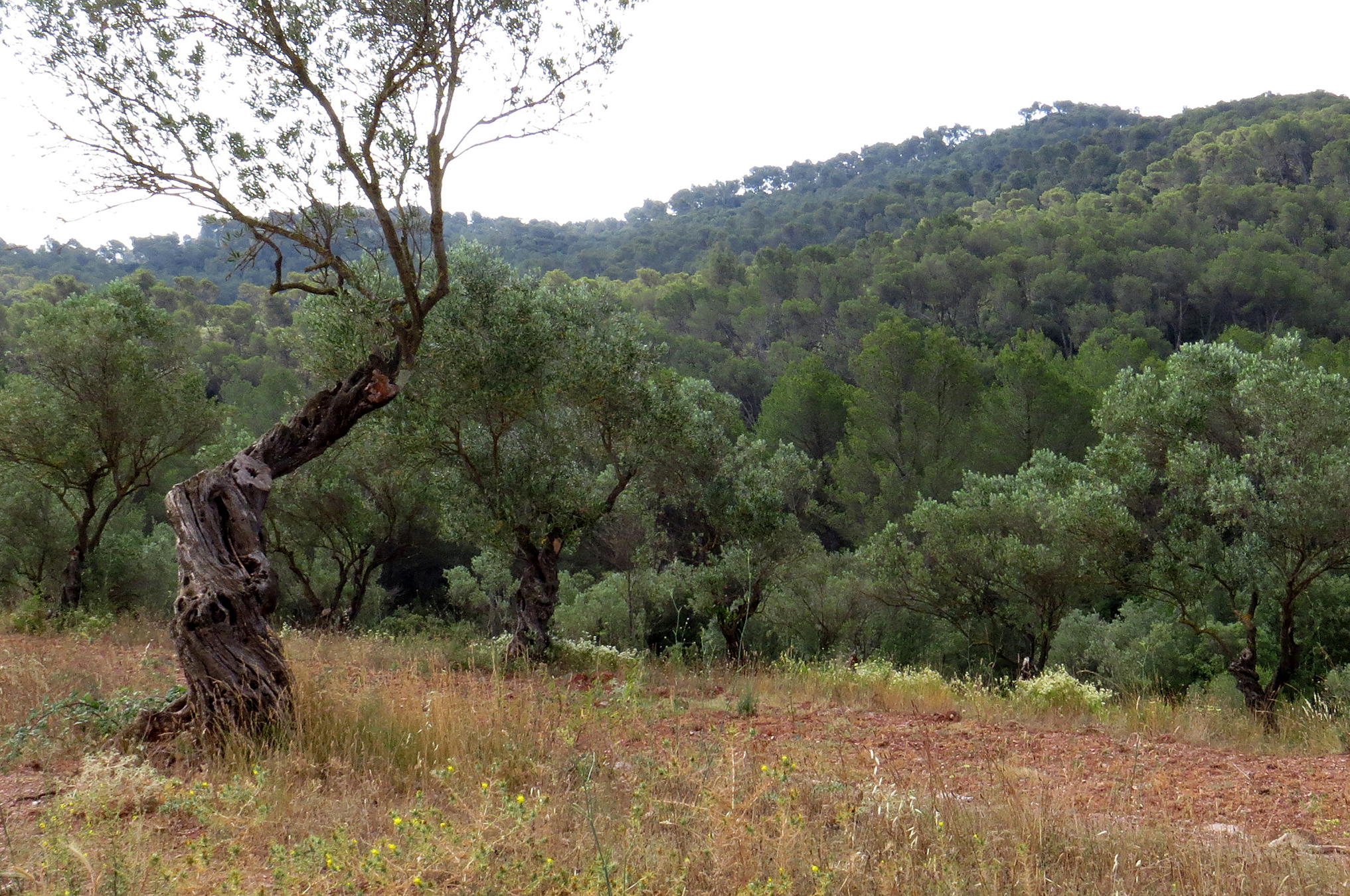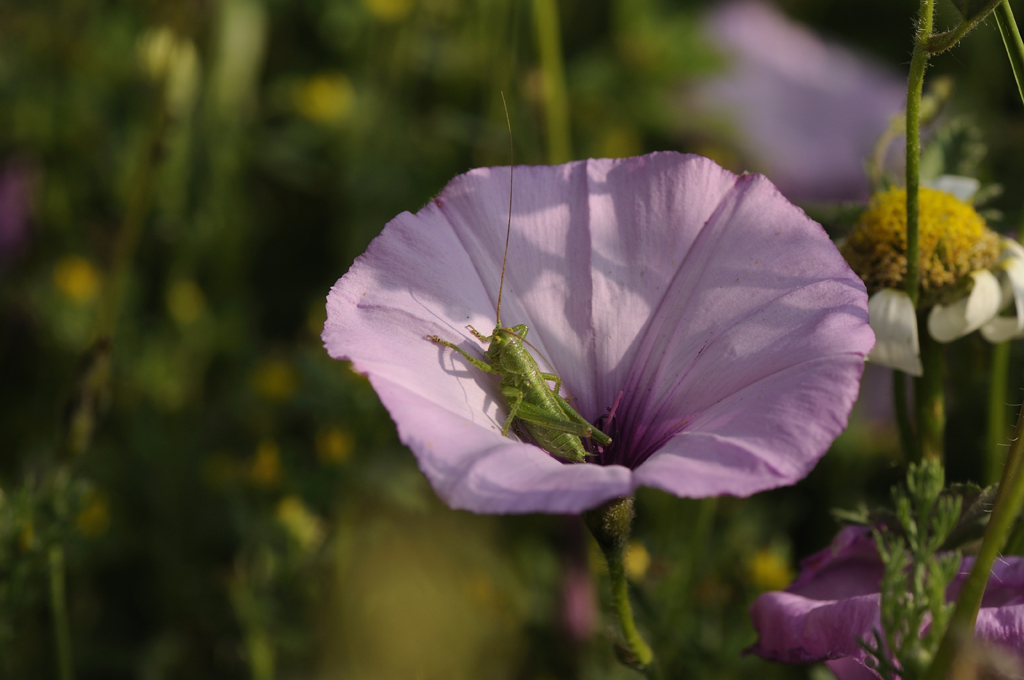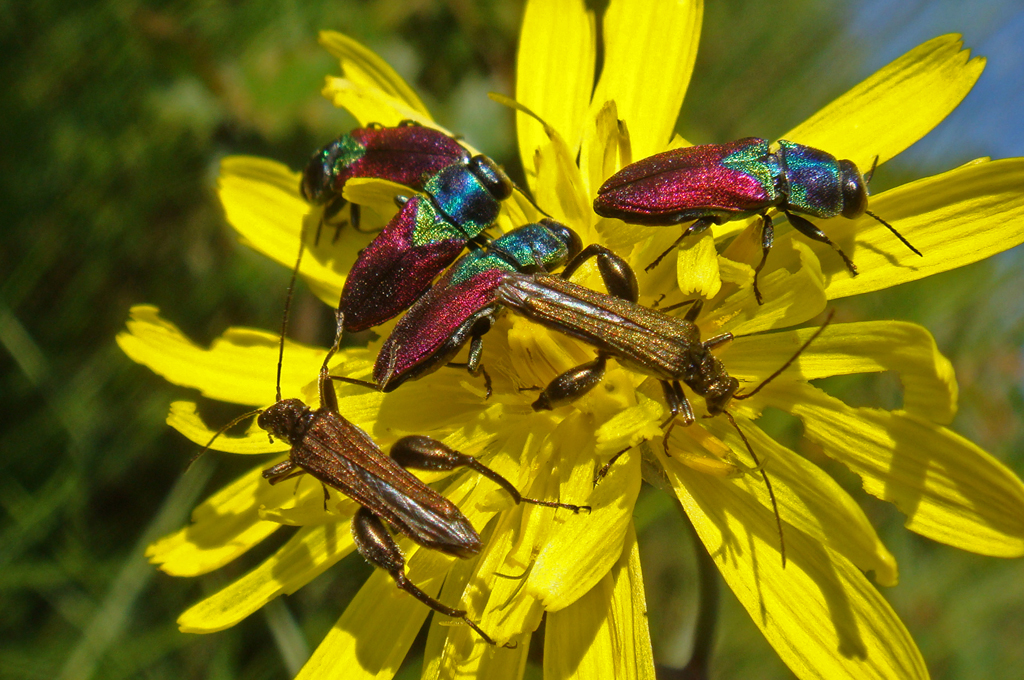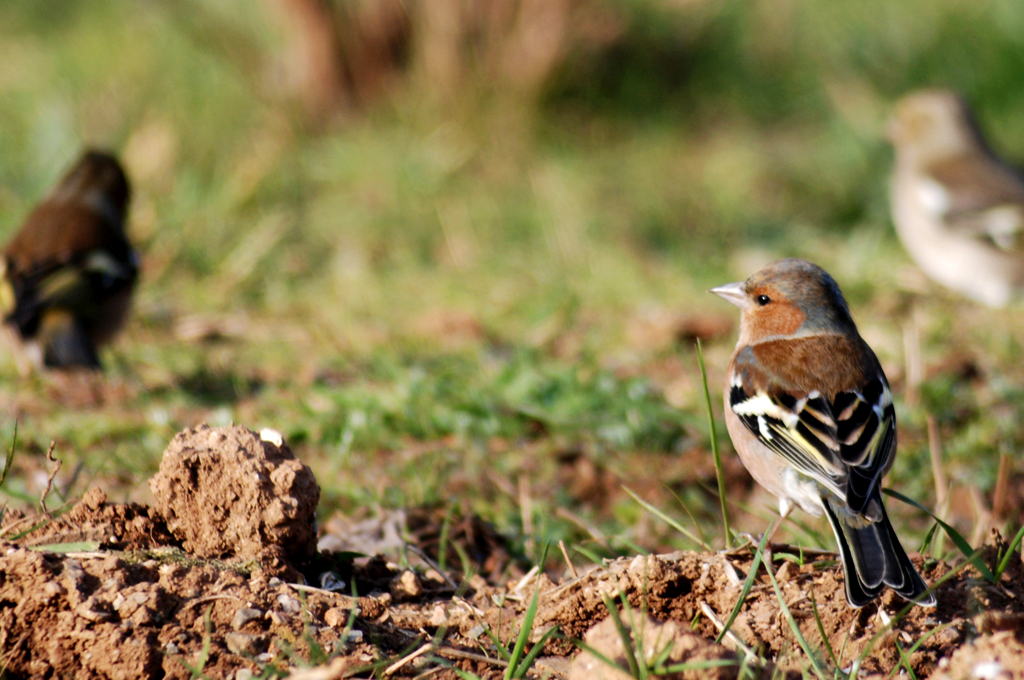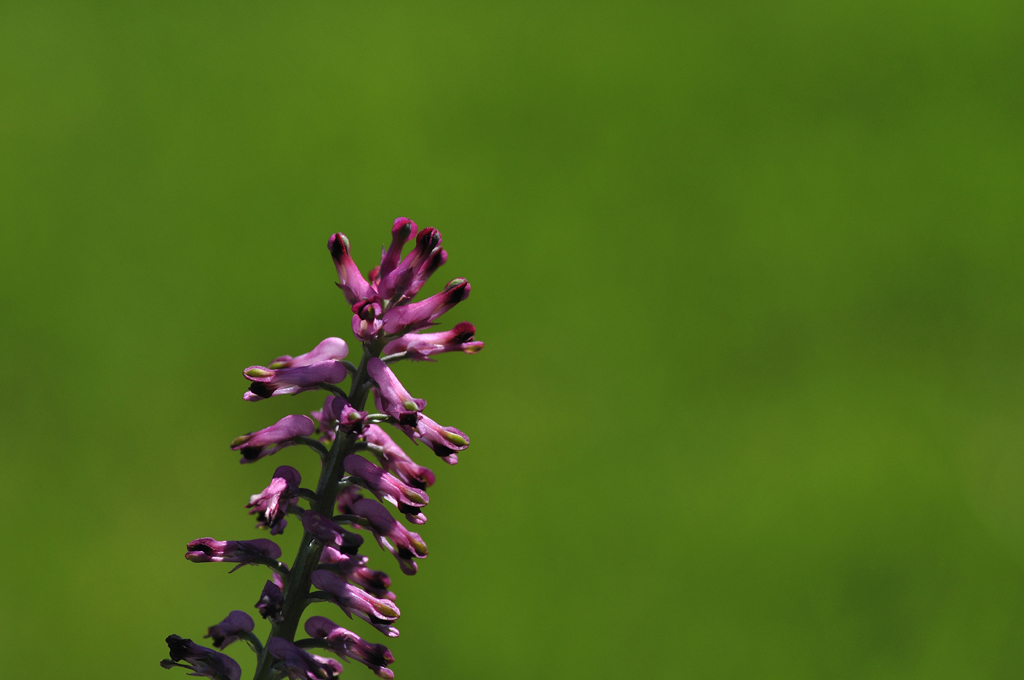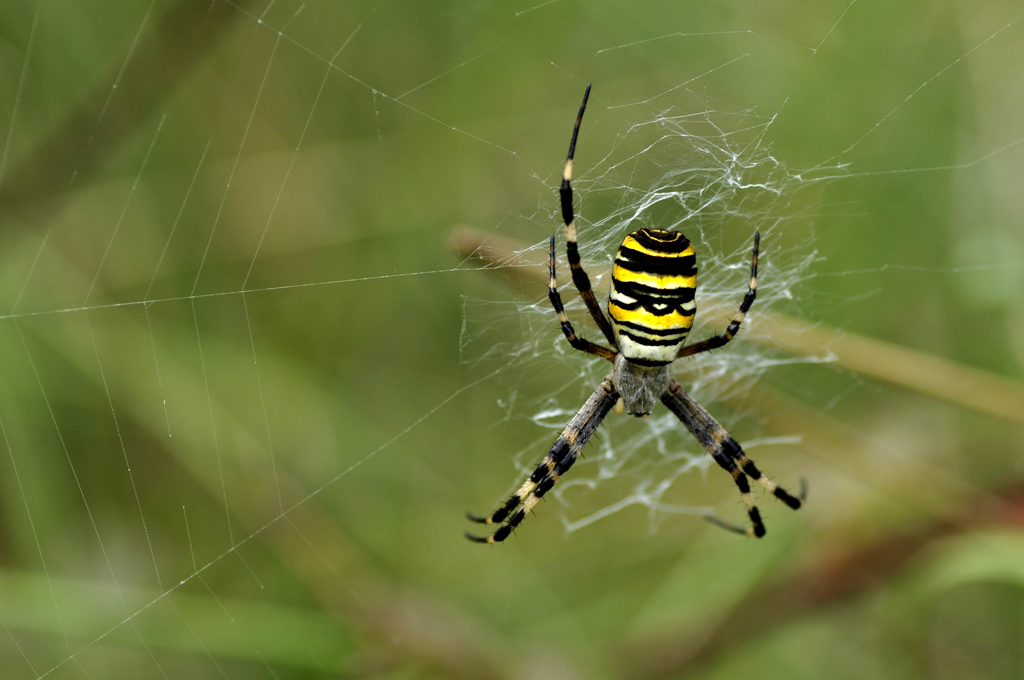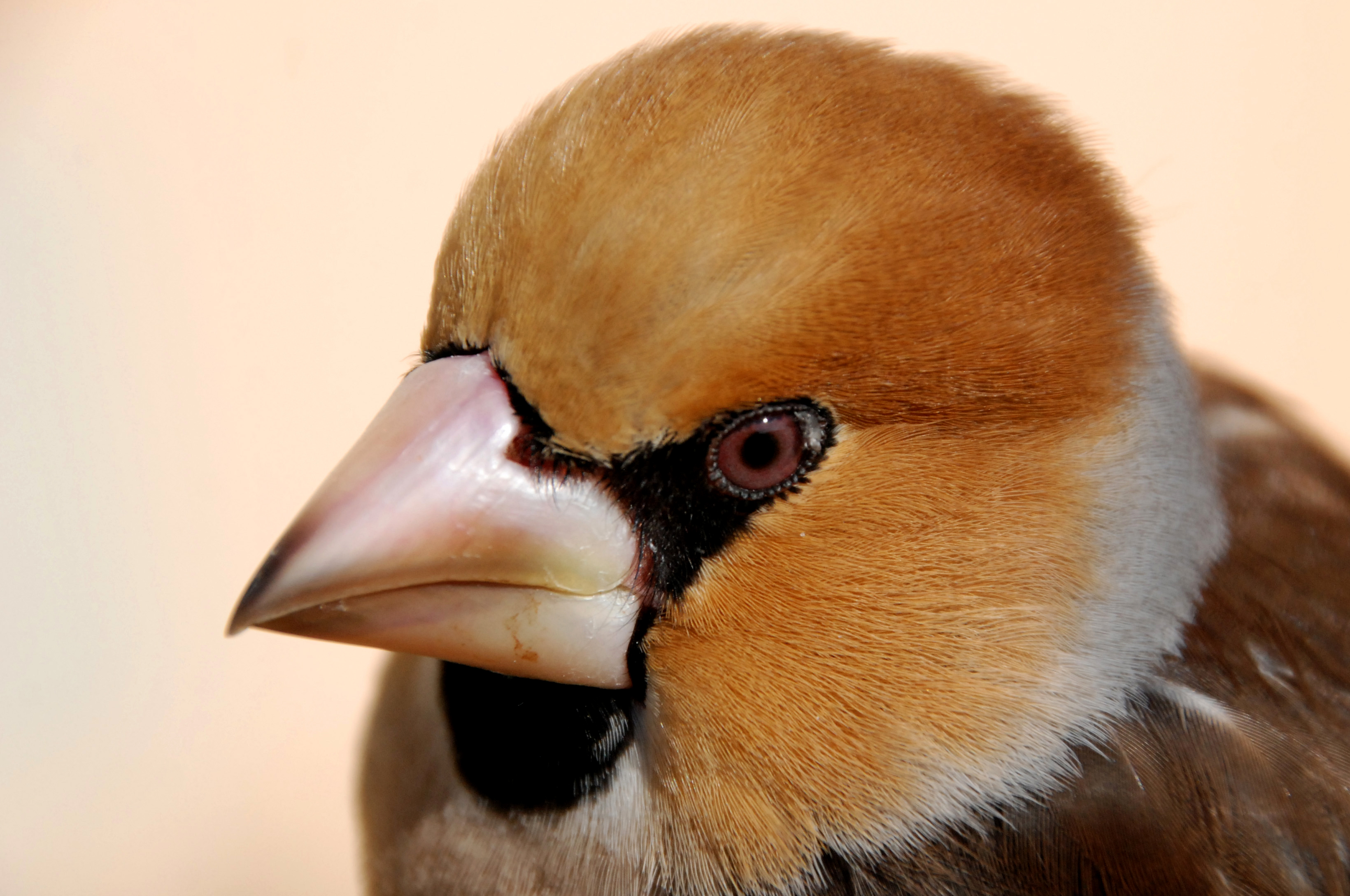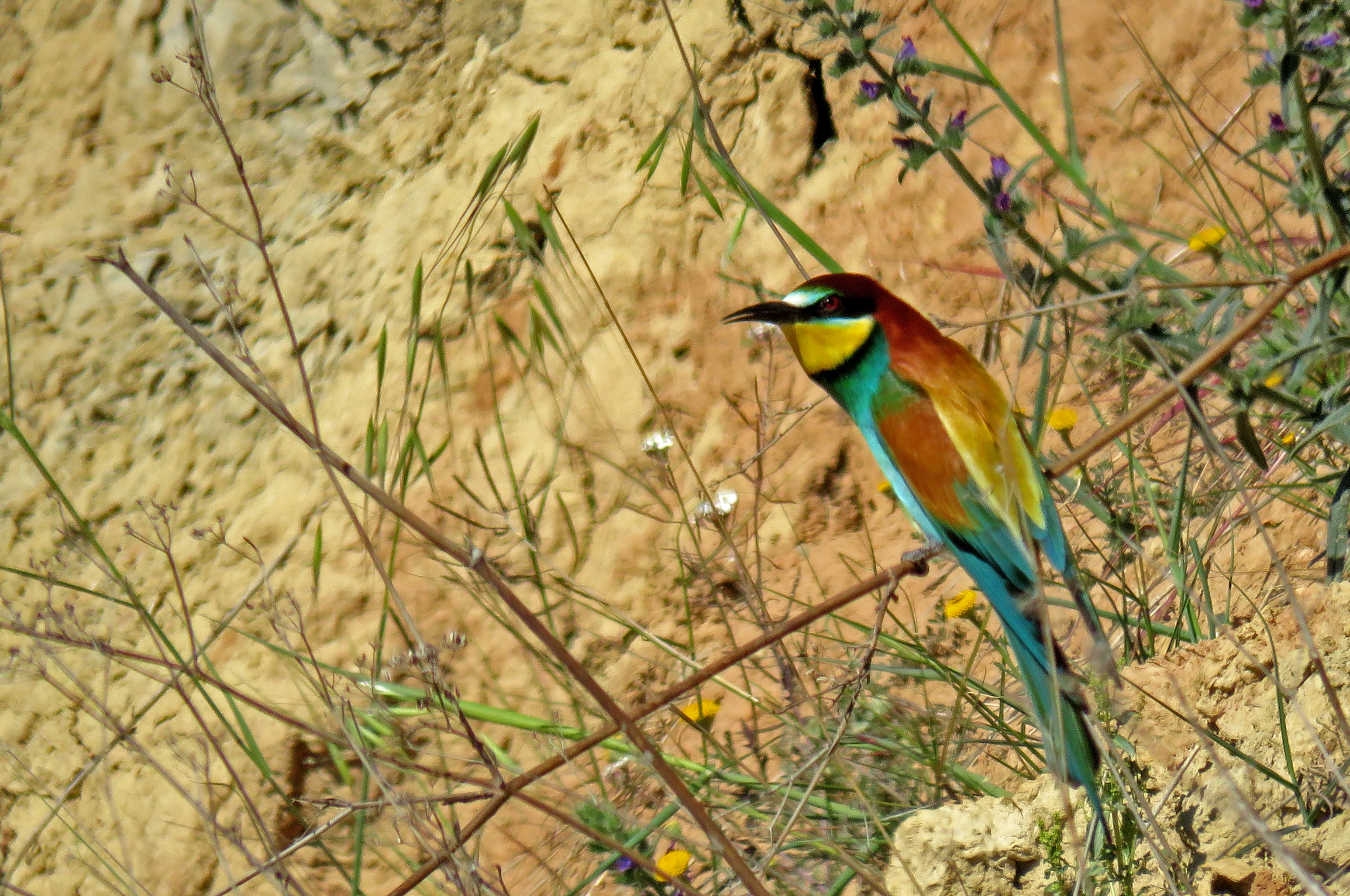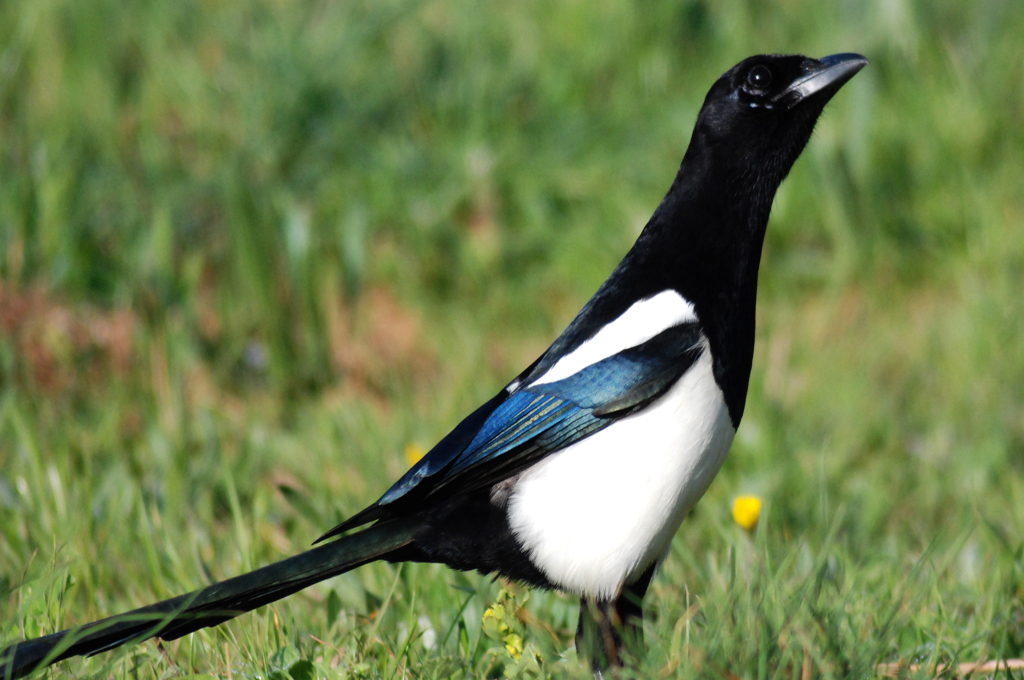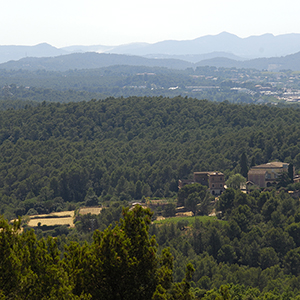The decline in the growing of crops during the 20th century has shaped the landscape we see today, in which agricultural land occupies just 6.44% of the park. The two areas where crop cultivation is concentrated are the slopes on the Llobregat side and the slopes on the El Vallès side.
The Llobregat slopes
The largest agricultural area within the park is situated here, with small plots scattered among the many valleys in this area, alternating with patches of herbaceous plant communities, shrubland and even forests. Shepherds still retain some flocks of sheep and goats, and these graze in areas currently delimited and controlled by the park’s specialist services.
This is one of the few places in the park where there are fruit trees, among them sweet cherry (Prunus avium), peach (Prunus persica), almond (Prunus dulcis), olive (Olea europaea var. europaea), fig (Ficus carica) and carob (Ceratonia siliqua) trees. In addition, it is one of the few places where we can easily see herbaceous plants, which were the first to colonise the abandoned fields, such as purple milk thistle (Galactites tomentosa), common thatching grass (Hyparhenia hirta), the common poppy (Papaver rhoeas), field bindweed (Convolvulus arvensis), sweet alyssum (Alyssum maritimum), viper’s bugloss (Echium vulgare), borage (Borago officinalis) shepherd’s purse (Capsella bursa-pastoris).
The mosaic of this mixed landscape is extremely interesting from the point of view of the fauna, as this tremendous environmental diversity provides habitats for species with very different requirements.
One of the most familiar sights up in the air in this part of the park is the common kestrel (Falco tinnunculus). This has recently been joined by an impressive guest, the short-toed snake eagle (Circaetus gallicus), which comes to these valleys every summer in search of snakes, which it feeds on.
Another relatively common bird of prey is the little owl (Athene noctua), which can often be spotted even in the daytime. European turtle doves (Streptopelia turtur), cuckoos (Cuculus canorus), hoopoes (Upupa epops), Sardinian warblers (Sylvia melanocephala), nightingales (Luscinia megarhynchos), common stonechats (Saxicola torquata) and melodious warblers (Hippolais polyglotta) are very common throughout this part of the park. One notable bird, though if present only in very small areas, is the western Orphean warbler (Sylvia hortensis). This bird is very closely connected with Mediterranean environments and a few pairs still nest here in amid the pines mixed with olive and carob trees.
On the slopes amid the crops, it is possible to spot the openings of the nests of European bee-eaters (Merops apiaster). Their sparse colonies are of tremendous value in the context of the park.
Ocellated lizards (Lacerta lepida) were once a common sight here but they have become an extremely rare species in these mountains. Geckoes are frequently to be spotted on the walls between fields and of ancient stone shacks, since they use the cracks and holes in them to hide in during the day.
The irrigation cisterns in vegetable patches and orchards are the main breeding spots for amphibians such as the common toad (Bufo bufo). In places where water cannot always be guaranteed, we find natterjack toads (Bufo calamita), a highly adaptable species able to cope with extreme conditions.
Rabbits (Oryctolagus cuniculus), which are relatively plentiful, and even the occasional red-legged partridge (Alectoris rufa) are at the bottom of the food chain and are preyed on by various predators such as the fox (Vulpes vulpes).
In the Vall de Sant Just, we find the highest density of European badgers (Meles meles), one of the species most studied in this chain of mountains.
El Vallès slope
The influence of human activity has left a deep mark on this slope. There are still cultivated fields here, mostly of rainfed crops, both in the clearings that surround farmhouses in the wooded interior of the Serra and in the peripheral zone on the Vallès plain.
All of this sector is characterised by alternating woods, streams and crop fields. This mosaic of environments is extremely interesting from the faunistic point of view. Crop seasonality is reflected in the strong variations that take place in the fauna in terms of species composition and density.
In spring, the land tends to be dominated by serins (Serinus serinus), goldfinches (Carduelis carduelis) and nightingales (Luscinia megarhynchos), the latter along the riverbanks and streams. In winter however, the fields are home to a wide variety of birds from other, more Nordic latitudes, as is the case of the huge flocks of chaffinches (Fringilla coelebs).
Worthy of mention among the reptiles are the Montpellier snake (Malpolon monspessulanus) and the ladder snake (Elaphe scalaris), the Iberian wall lizard (Podarcis hispanica) and the ocellated lizard (Lacerta lepida). One of the characteristic mammals of crop farmland is the Mediterranean pine vole (Microtus duodecimcostatus), and also common are the field mouse (Mus spretus), common hedgehog (Erinaceus europaeus) and European rabbit (Oryctolagus cuniculus).
On the outskirts of the Park where cultivated land still covers a significant area, species typical of open spaces may be found, not present in the interior of the Serra. This is the case of birds of the Alaudidae family, such as the crested lark (Galerida cristata).
There is also a notable presence of nocturnal birds of prey, including the little owl (Athene noctua), the European scops owl (Otus scops) and the occasional western barn owl (Tyto alba), now unfortunately almost extinct on Collserola.
Other birds of prey also take advantage of these natural resources. These include the northern goshawk (Accipiter gentilis), the Eurasian sparrow hawk (Accipiter nisus) and, increasingly more, the common kestrel (Falco tinnunculus), which can easily be seen at any time of year.
The progressive disappearance of cropland has been associated with the reduction of populations of some species, such as the barn owl, often found in this sector until recently but which, today, is almost a rarity in the Park.

